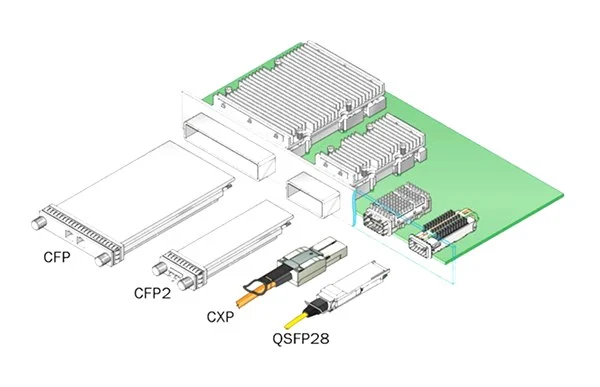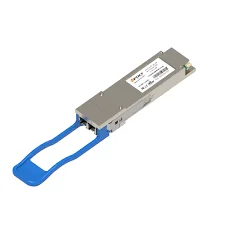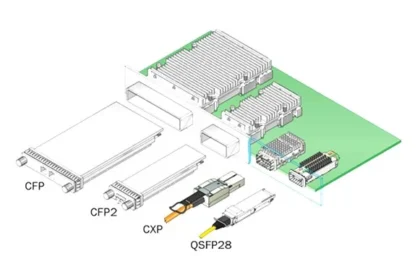Introduction
As networks grow in complexity and demand for higher data speeds increases, the need for reliable and high-performance optical modules becomes crucial. 100G optical modules are at the forefront of this shift, offering an ideal solution for organizations that require fast, scalable, and future-proofed networks. However, choosing the right 100G optical module for a specific network can be a daunting task, given the variety of options available. This article will explore the key considerations when selecting the most appropriate module for your network needs.
Key Factors to Consider When Choosing a 100G Module
One of the most important factors to consider when choosing a 100G optical module is the transmission distance. Depending on the network design, you might require a short-range module or a long-range one. 100GBASE-SR4 is perfect for short-range transmission, ideal for connecting servers and switches within a data center. Its use of multi-mode fiber makes it cost-effective for distances up to 100 meters. In contrast, 100GBASE-LR4 is the go-to option for long-range communication, capable of transmitting data over distances of up to 10 kilometers using single-mode fiber. Understanding the distance your network needs to cover will help you narrow down the module that fits best.

Another critical consideration is power consumption and heat dissipation. Optical modules generate heat during operation, and the higher the data rate, the more heat they produce. For large-scale data centers, energy efficiency is a major concern, as power consumption directly impacts operational costs. Selecting a module with lower power consumption can help reduce energy costs while maintaining network performance. Modules like those in the QSFP28 form factor are designed with power efficiency in mind, making them a popular choice for 100G deployments.
Comparing 100G SR4 vs. 100G LR4 Optical Modules
Comparing specific modules, such as 100G SR4 and 100G LR4, can provide further insight into the right choice for your network. 100G SR4 is optimal for intra-data center applications, where the shorter distances and the use of multi-mode fiber help to minimize costs. It is well-suited for organizations looking to upgrade internal infrastructure while keeping expenses in check. On the other hand, 100G LR4 is more appropriate for data center-to-data center communication or for connecting networks across a larger geographical area. Its longer reach and use of single-mode fiber make it ideal for enterprises with more complex networking requirements.

Challenges and Limitations
Emerging technologies are also shaping the future of 100G optical modules, such as Bidirectional (BiDi) technology, which enables bidirectional transmission over a single fiber. This advancement reduces the amount of fiber needed, leading to cost savings and simplified network management. Additionally, the progress toward 400G technology means that 100G modules will continue to play a vital role as intermediate solutions, providing flexibility as organizations transition to higher-speed networks.
However, even with the numerous advantages of 100G modules, there are challenges and limitations to be aware of. One of the main concerns is cost. While 100G modules offer significant performance improvements, they are more expensive than lower-speed alternatives. Additionally, power consumption and heat management remain critical considerations, particularly in densely packed data centers where overheating can lead to performance degradation.

Conclusion
In conclusion, selecting the right 100G optical module requires careful consideration of several factors, including transmission distance, power consumption, and emerging technologies. Whether your organization requires short-range communication within a data center or long-distance connectivity across regions, there is a 100G module that fits your needs. Balancing performance, cost, and future-proofing is key to making the best decision, ensuring that your network remains scalable and ready for the demands of tomorrow.




